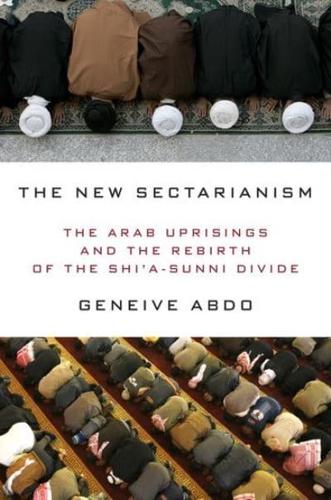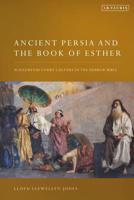Publisher's Synopsis
Nearly six years after the Arab uprisings began it is clear that any dream of a pan-Islamic awakening is now more elusive than ever. The wave of unrest has deepened ethnic and religious tensions between Sunni and Shi'a-largely contained in previous years-pushing them once again to the fore. Religious difference and how Muslims define themselves have emerged as salient characteristics within Arab society, displacing the broader conflict between Muslims and the West as the primary challenge facing Islamic societies of the Middle East. The conflict is also likely to replace the Palestinian-Israeli conflict as the key issue mobilizing Arab political life. The New Sectarianism considers the causes for growing Sunni-Shi'a animosity in key countries such as Iraq, Syria, Yemen, Iran, and Saudi Arabia. The book demonstrates how sectarian contestation, now recognized as one of the long-term effects of the Arab uprisings, presents the international community with new dilemmas and challenges. This new, renewed sectarianism is particularly corrosive in the face of the generally weak states and hapless state actors, which today characterize much of the region. It also illustrates how Shi'a and Sunni perceive one another after the Arab uprisings, and how these perceptions have affected Arab life. In doing so, the book argues that religion in Arab society matters, not only in how it is instrumentalized by extremists, moderate Islamists, and dictators alike for political purposes, but how it perpetually evolves and is perceived and practiced among the vast majority of Muslims in its own right.









